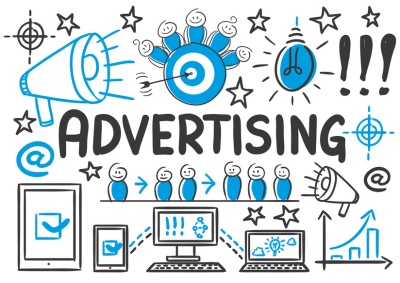Behavioral advertising and marketing is a new approach to selling that takes full advantage of new media and which might drastically increase ROI. Learn what this means, what the different options are and why it isn’t perfect just yet.
Behavioral advertising means marketing that is designed to target users based on their previous behavior. This can use a combination of clickstream data, cookies and IP addresses in order to provide more relevant and targeted ads, hopefully resulting in more conversions and clicks for advertisers.
Examples of how this might work include:
- Email marketing campaigns that track users on websites with cookies and then send the most relevant marketing messages through autoresponders. For instance, if someone spends time on your website and they look at a particular product for a certain amount of time, then an autoresponder system with built in sales page can place cookies on their computer and then send them emails that will promote those specific products. Infusionsoft is an example of a tool that can do this.
- Remarketing is a form of marketing offers by Google AdSense and AdWords and now some other PPC platforms. The idea is similar, only now users see adverts based on the pages they have looked at in the past.
- Site designs can take into account the data they receive. For instance, if users that come from a certain page are more likely to be interested in certain products, then you might choose to show those types of ads on your site.
- You might also use cookies in order to show ads on your own site based on how specific users have behaved there in the past.
Why Behavioral Marketing is Not Yet Perfect
For the last few years now, Google has clearly been working towards the goal of unifying their various services, and one of the clear motivations behind this is o that they can create much more targeted advertising. By giving you a single login for Gmail, YouTube, search, Chrome, Google Play, Wallet and more, Google is able to collect an unprecedented amount of information and thus show you ads that reflect your behavior across all of those different accounts.
In fact, Google has even gone so far as to start scanning e-mails on Gmail for contents that might be helpful to this end. So, if you e-mail your friends about going on holiday some time to Jamaica, you could very well start seeing adverts for flights and hotels there. Obviously, this hasn't gone down well with everyone, which is something Microsoft have quickly jumped on with their marketing campaigns – Outlook is great because it 'doesn't read your e-mails'.
This kind of information may come at a price for Google then, but ultimately, it's a small cost compared to the potential profits - and it's great news for advertisers in theory too.
But then again this is definitely also a strategy with some rather gaping holes in it, and it's safe to say that it's probably not going to work for everyone. This is why behavioral marketing hasn’t quite been perfected just yet.
The Useless Ads I've Seen Lately
Right now, my Gmail inbox has an ad at the top for Web Design. Now that sort of makes sense if you think that I design websites as part of my job and I occasionally message clients and friends about them to get feedback or ask for pointers.
However, at the same time as a web designer, it's also something I'm very unlikely to want to outsource. The fact that I write about web design in my e-mails is actually more reason not to advertise that to me which is something Google's algorithms don't seem to take into account.
Things get weird when I click refresh a couple of times: now I'm getting adverts for compost. That's odd seeing as I have no interest in gardening and don't even own a garden – but the explanation is of course that I recently wrote an article on gardening for a client and had to do some research on the topic in order to find it. I spend hours every week in fact researching topics that I have no interest in and that means that all that data Google collects is going to be pretty off-the-mark. While that's worse for people who work online, I imagine it's the same for a lot of people. You probably tend to search for things you're interested in less than things you need for work, or the answers to pub-quiz questions.
And with regards to that Jamaican holiday, we've all experienced Google ads showing up incessantly for things we've just bought. It seems that Google's 'remarketing' doesn't take into account the fact that we actually clicked 'buy' the last time we were on that site which is a pretty big oversight. And what of ads for things that you only need one of? Amazon is also guilty of this: I once bought a monitor and now I’m getting emails regularly about monitors that are on offer. While some people have a multimonitor array, that is still rare. And two is certainly enough for most people!
Closing Comments
So behavioral advertising is potentially a very powerful tool but not all of the kinks have been ironed out quite yet. It will be interesting to see where this goes in future though and how other technologies: such as facial recognition, location awareness and more, eventually alter the face of marketing forever.
